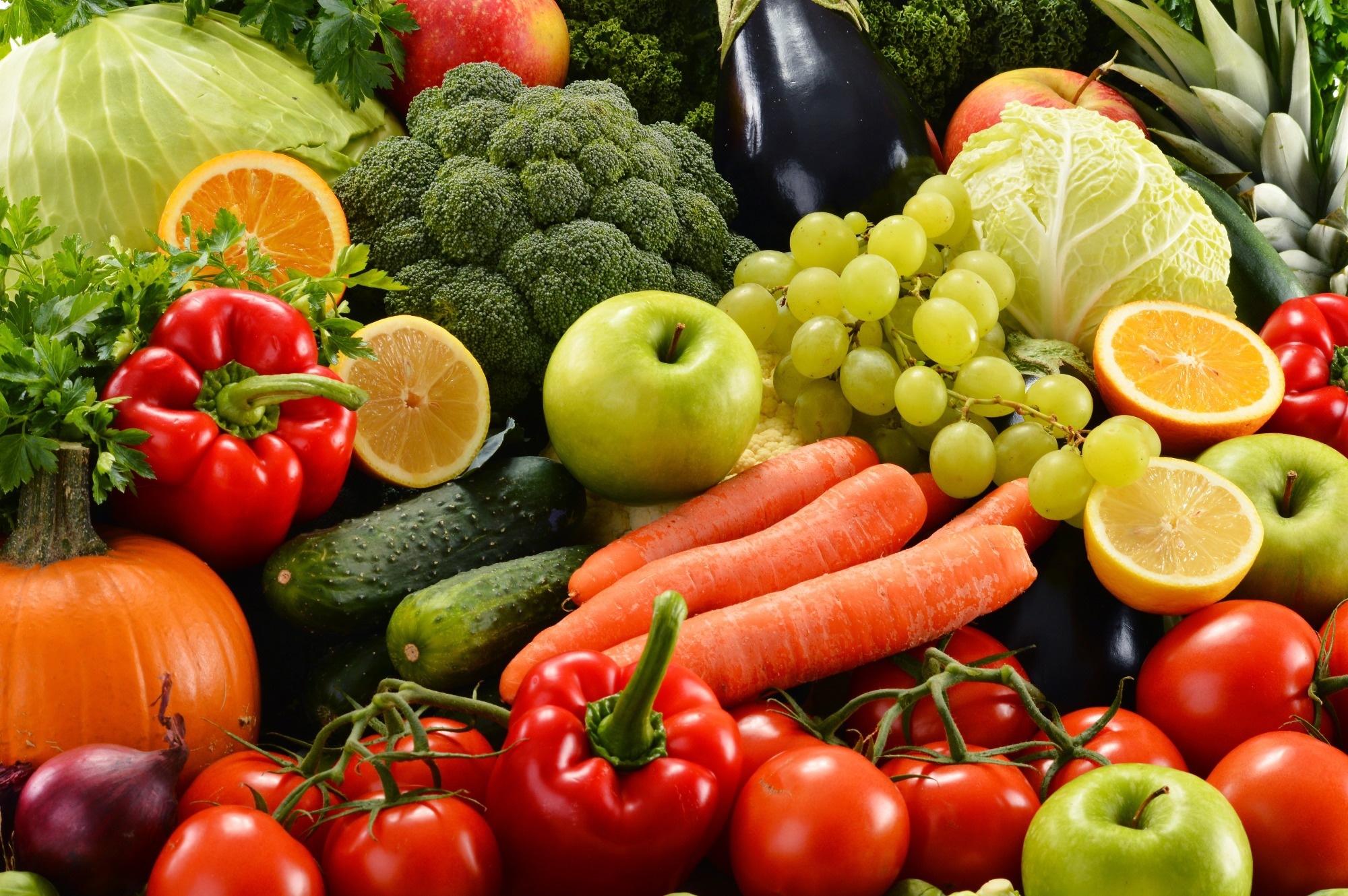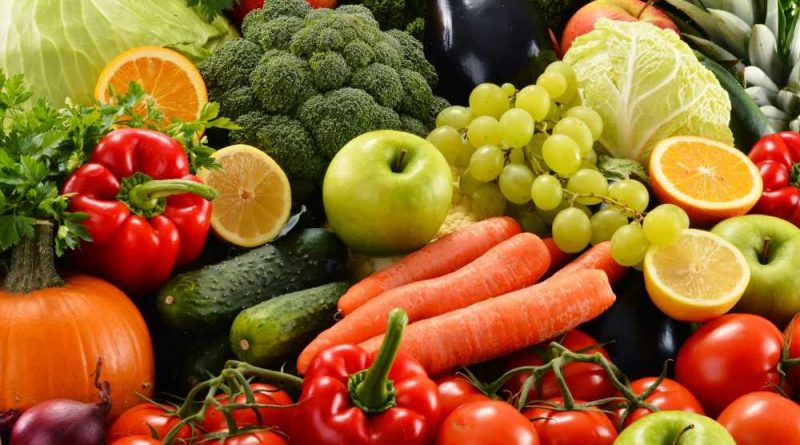How did exposure to health information and media health literacy affect fruit and vegetable consumption among Thai youth?
In a recent study published in BMC Public Health, researchers investigated the influence of the internet as a health information source for Thai youth. They found their critical thinking skills lagged behind their global counterparts.
They also identified a connection between health information exposure, media health literacy (MHL), grade point average (GPA), and fruit and vegetable (F&V) intake. Also, they highlighted how pocket money and health status impact their dietary preferences.
 Study: Are exposure to health information and media health literacy associated with fruit and vegetable consumption? Image Credit: monticello/Shutterstock.com
Study: Are exposure to health information and media health literacy associated with fruit and vegetable consumption? Image Credit: monticello/Shutterstock.com
Background
Insufficient F&V intake contributes to 1.7 million global deaths and poses risks of cardiovascular disease, cancer, obesity, and academic underachievement. Despite Thailand's efforts to promote F&V through school lunches, Thai youth's F&V consumption is declining while unhealthy food intake rises.
Factors like socio-economics, attitudes, and parental influence affect youth F&V consumption. Moreover, MHL significantly shapes healthy habits, yet data on Thai youth's MHL and its link to health information exposure and F&V intake is lacking.
About the study
In a national cross-sectional study conducted between March to September 2020, Thai individuals aged 10-14 were examined.
A multi-stage stratified sampling design was adopted from the Thailand National Statistical Office's data. Initially, eight provinces were randomly chosen, including Bangkok.
This resulted in selecting 100 enumeration areas (EAs) spanning urban and rural regions. A systematic approach ensured minimal selection bias, targeting 25 respondents from each EA, yielding a response rate of about 75% from the intended 2,500 participants.
A questionnaire developed after a comprehensive literature review was used for data collection. It comprised socio-demographic characteristics, media exposure, health information exposure, MHL, and F&V consumption habits.
The MHL section showed respondents popular video clips highlighting healthy and unhealthy dietary practices and asking questions about them.
The primary variable of interest was F&V consumption frequency, with the independent variables being exposure to health information and MHL scores and confounders encompassing socio-demographic attributes, including body mass index (BMI) calculations based on field measurements.
Using a statistical package for the social sciences (SPSS) version 22, the data underwent rigorous statistical analysis, examining correlations, multi-collinearity, and regression relationships, with significance set at p<0.05.
Study results
In the study involving 1,871 participants, males constituted 55.3%, while females represented 44.7%. The age of the participants averaged 11.9 years with a deviation of ±1.4, falling between 10 to 14 years.
Notably, a significant number (41.8%) had a GPA between 3.00-3.50. The study also revealed that 50.5% resided in rural regions, and interestingly, nearly 60% possessed pocket money, varying from 20–50 baht daily, equating to roughly US$ 0.6 – 1.5.
There were 37.8% who had less than 20 baht daily, with a mere 2.9% possessing over 50 baht. A significant majority were free from chronic illnesses, and 51.8% were classified as underweight.
The internet served as a health information source for almost 70% of the youth. Around 45% encountered health information through media less than thrice daily, and a dominant 83% had exposure durations of 10 minutes or less. On average, they accessed 1.8 media types for health details within the past week.
The MHL score evaluates four distinct abilities: Perception & Understanding, Analysis, Evaluation, and Intent to Act. The participants' average MHL score was 36.8, varying between 12 to 54. The youth consumed vegetables around 4.4 days weekly and fruits approximately 3.1 days each week.
The study identified a link between the frequency of health information exposure, MHL score, and fruit consumption. Those with higher exposure and better MHL scores were inclined to consume fruits more often. Additionally, the GPA played a role in fruit consumption habits.
The vegetable consumption frequency was analyzed against various socio-demographic factors and health information exposure.
Results indicated that those with more media exposure and better MHL scores consumed vegetables more frequently. Conversely, participants with higher pocket money and urban residents had reduced vegetable intake.
Discussions
The study evaluated Thai youth's exposure to health information, MHL, and F&V consumption patterns. The data suggested that while most children accessed health information online, their MHL was moderate.
A closer examination of MHL components revealed a deficiency in their analytical skills. This aligns with the Program for International Student Assessment (PISA), which indicates that Thai students possess low literacy, particularly in critical analysis and reasoning.
The teaching methods in Thailand, unlike those in countries like Singapore and China, might not prioritize these skills, affecting PISA scores.
Significantly, there was a positive correlation between exposure to health information and F&V consumption, consistent with studies from nine European nations. Higher MHL scores also increased the likelihood of regular F&V intake. However, the overall F&V consumption among Thai youth remains below the recommended level.
Another noteworthy finding was the association of higher GPA with increased F&V consumption. This was consistent with other global studies suggesting that cognitively stronger students with better decision-making skills might be more health-conscious.
However, urban living and having pocket money negatively influenced vegetable consumption, as students tend to buy unhealthy snacks.
Lastly, health status played a role in fruit consumption – those with chronic conditions consumed more fruits, possibly driven by heightened health awareness and family support.
Jindarattanaporn, N. et al. (2023) "Are exposure to health information and media health literacy associated with fruit and vegetable consumption?", BMC Public Health, 23(1). doi: 10.1186/s12889-023-16474-1. https://0-bmcpublichealth-biomedcentral-com.brum.beds.ac.uk/articles/10.1186/s12889-023-16474-1
Posted in: Child Health News | Medical Science News | Medical Research News | Medical Condition News | Healthcare News
Tags: Body Mass Index, Cancer, Cardiovascular Disease, Children, Chronic, Food, Frequency, Fruit, Obesity, Public Health, students, Vegetables

Written by
Vijay Kumar Malesu
Vijay holds a Ph.D. in Biotechnology and possesses a deep passion for microbiology. His academic journey has allowed him to delve deeper into understanding the intricate world of microorganisms. Through his research and studies, he has gained expertise in various aspects of microbiology, which includes microbial genetics, microbial physiology, and microbial ecology. Vijay has six years of scientific research experience at renowned research institutes such as the Indian Council for Agricultural Research and KIIT University. He has worked on diverse projects in microbiology, biopolymers, and drug delivery. His contributions to these areas have provided him with a comprehensive understanding of the subject matter and the ability to tackle complex research challenges.
